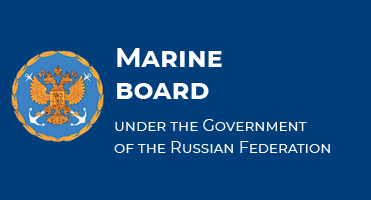FSUE “Rosmorport” receives approval for putting into operation ship channel and water area of Bronka multifunctional marine transshipment complex (Phase II)
On June 14, 2017 FSUE “Rosmorport” received approval for putting into operation the facilities of Phase II of the ship channel and the water area of the Bronka multifunctional marine transshipment complex.
The facility assigned by FSUE “Rosmorport” was being built within the implementation of the federal target program, “The Development of Transport System of Russia (2010-2020)”.
The purpose of the project is to reconstruct the St Petersburg Seaway Canal, ensure navigation safety and vessels’ unimpeded approach toward the Bronka marine transshipment complex. The implementation of the project will make it possible to ensure safe maneuvering and the approach of design vessels: a container vessel of 33.000 dwt with the following dimensions: length up to 210 m, breadth of 32.2 m and loaded draft up to 11.5 m; a tanker with the following dimensions: length up to 165 m, breadth up to 23 m and loaded draft up to 10 m.
Within the contract working documentation has been worked out, diver and areal inspection of the bottom configuration has been carried out, environmental monitoring and operating-environmental monitoring have been made. Totally, 29.3 million cubic meters of soil has been removed during the dredging works in the framework of phase I and phase II of the construction.
The project implemented on the southern coast of the Gulf of Finland will help stimulate the development of international trade market by redirecting transshipment of Russian high paying freights from the ports of Finland and the Baltic States to the seaports of Russia.
The Bronka deep-water terminal is located in St Petersburg at the junction of railways, the Ring Motorway and in the immediate vicinity of the St Petersburg Seaway Canal. The geographical location of the terminal will allow reducing the man-caused impact on the environment in central regions of St Petersburg by means of decreasing traffic flows through the territory of the city.













